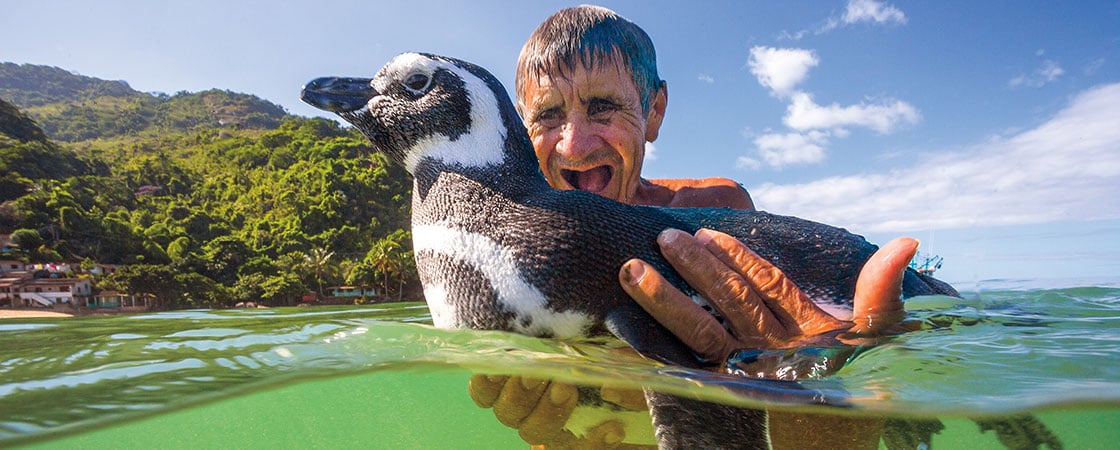The little penguin was happily swimming in the warm water. It was hunting for a tasty fish to eat. Suddenly, disaster struck.
The clear blue water began to fill with thick black oil. It burned the little bird’s eyes. A sticky material covered the penguin’s tiny black and white feathers.
The penguin didn’t realize it, but a ship had spilled oil into the ocean. Now it was spreading quickly through the water. Oil can be deadly to penguins. If the penguin swallowed even a little bit of the toxic substance, it could die.
The bird washed up on the shore of a sandy beach. The penguin lay there, scared, injured, and alone.
Oil clumped the bird’s feathers together, making it hard for the penguin to swim or waddle. The bird was barely alive. Would anyone help the little penguin in time?
A little penguin was swimming in the water. But then disaster struck. A ship spilled oil into the ocean. It spread quickly through the water and reached the penguin.
Oil can be deadly to penguins. If the penguin swallowed any of the oil, it could die. The bird washed up on a beach. It could barely move.
Its feathers were covered with sticky oil. The oil burned the little bird’s eyes. Would anyone help the little penguin
The little penguin was swimming in the water. It was hunting for a fish to eat. Then disaster struck.
The clear blue water began to fill with thick black oil. It burned the bird’s eyes. A sticky material covered the penguin’s black and white feathers.
A ship had spilled oil into the ocean. The oil spread quickly through the water. Oil can be deadly to penguins. The penguin could die if it were to swallow even a little bit of the toxic substance.
The bird washed up on a sandy beach. It lay there, scared. It was injured and alone.
Oil caused the penguin’s feathers to stick together. This made it hard for the bird to swim or waddle. It was barely alive. Would anyone help the little penguin in time?

